Meta's latest smart glasses take a real swing at what everyday eyewear can do. The Ray-Ban Display smart glasses add a tiny display and neural controls that feel straight out of sci-fi, yet they still look like classic Ray-Bans. That balance, tech meets familiar style, is the point.
Battery life is decent with caveats. The glasses offer up to 6 hours of mixed use and 30 hours total with the charging case. Push video recording, heavy AI, or long display sessions and you will drain it faster. Plan for sprints, not marathons.
As for the display, keep expectations grounded. The display capabilities don't match those of VR headsets or science fiction expectations. The monocular view and narrow field of view shine for quick glances, not for movies or long reads.
These constraints are not dealbreakers, they are guardrails. The focus stays on practical, glanceable tasks that the tech can handle consistently today.
PRO TIP: Treat these like a sharp notification layer and quick-access tool, not a full phone replacement. Wear them, use them, pocket the case, repeat.
Where does this technology lead us next?
Meta's Ray-Ban Display glasses look like a turning point, a real product that doubles as a tech demo for where AR is heading. The device is positioned as a premium product, with success influencing the entire wearable technology sector. Buyers vote with their wallets, and the rest of the industry watches.
Competition is already circling. Both Meta's glasses and competitor devices use waveguide displays, which rely on etched patterns in flat lenses to channel images from a microprojector to the eye. Meta's twist is the Neural Band and deep AI features, which could make neural input the default way we talk to wearables.
Workplaces may adopt first. In healthcare, doctors could access patient data hands-free, emergency responders could receive critical information overlays, factory workers could receive safety warnings and procedural instructions, and students could get contextual information during field trips and training. Those environments often tolerate higher costs and early quirks if the payoff is speed or safety.
What comes next is not mysterious. Better batteries, smaller optics, smarter neural models. If those pieces tighten up, smart glasses go from niche to normal. If not, they stay pro tools for a while.
Either way, this release moves things forward. The specs may look modest, the battery asks for breaks, yet the package feels wearable. That might be the unlock. Meta has built something people could choose to put on in the morning, which is how new interfaces, and new habits, actually take hold.





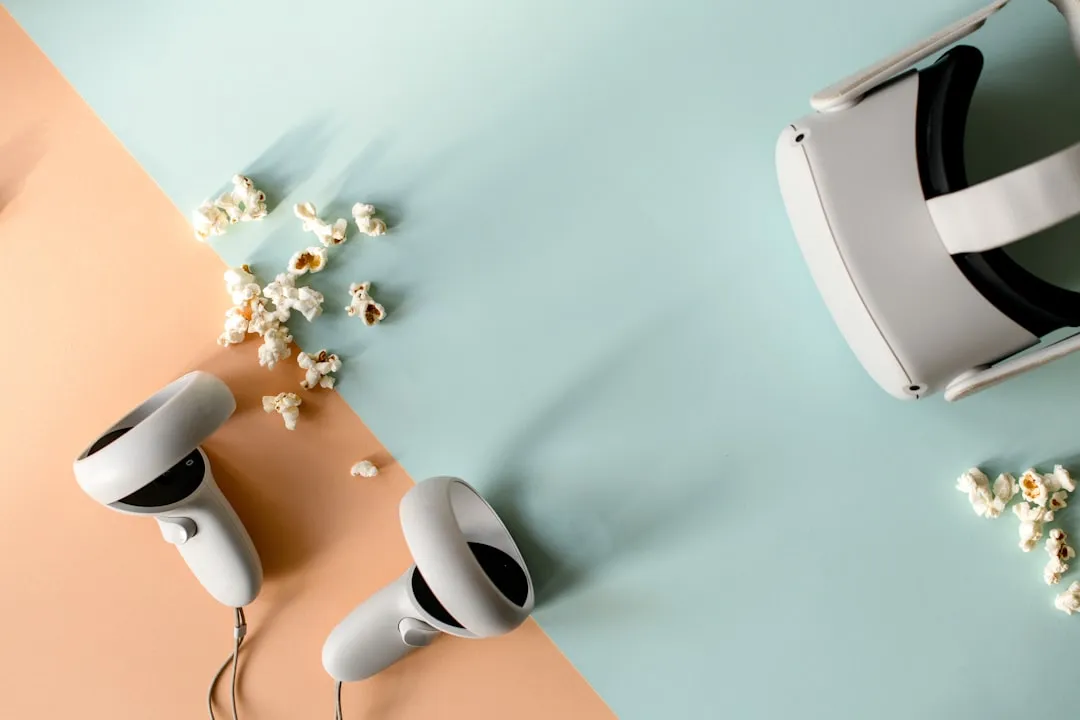
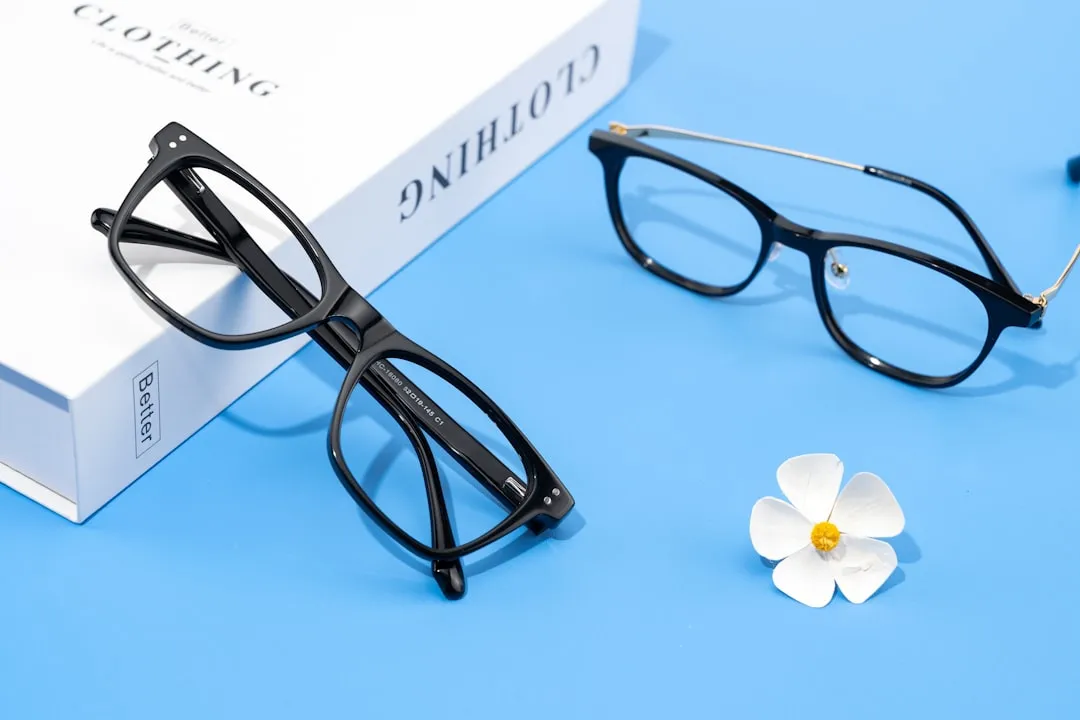
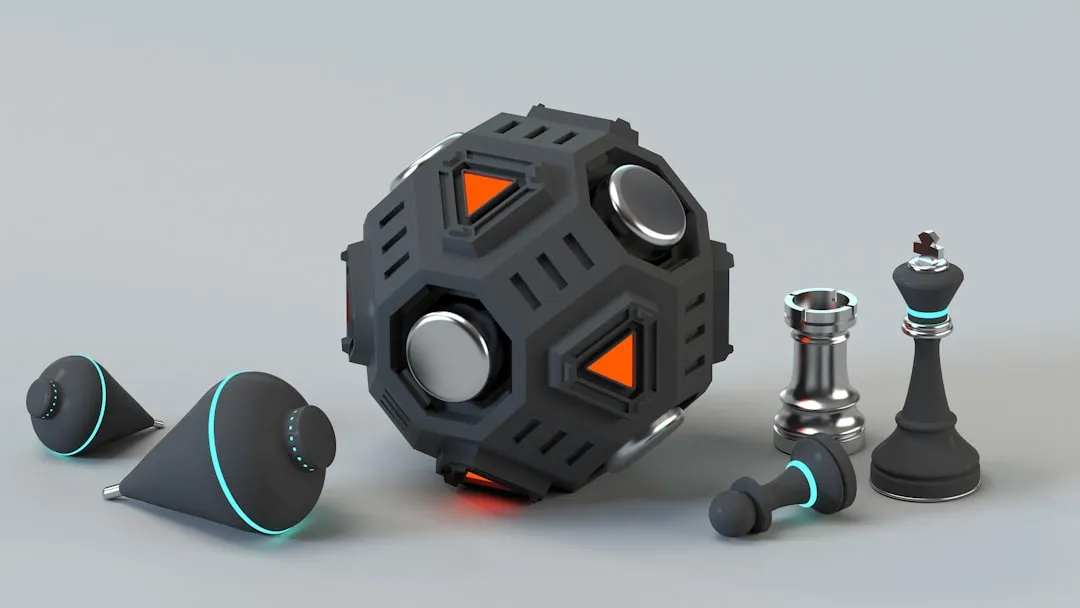

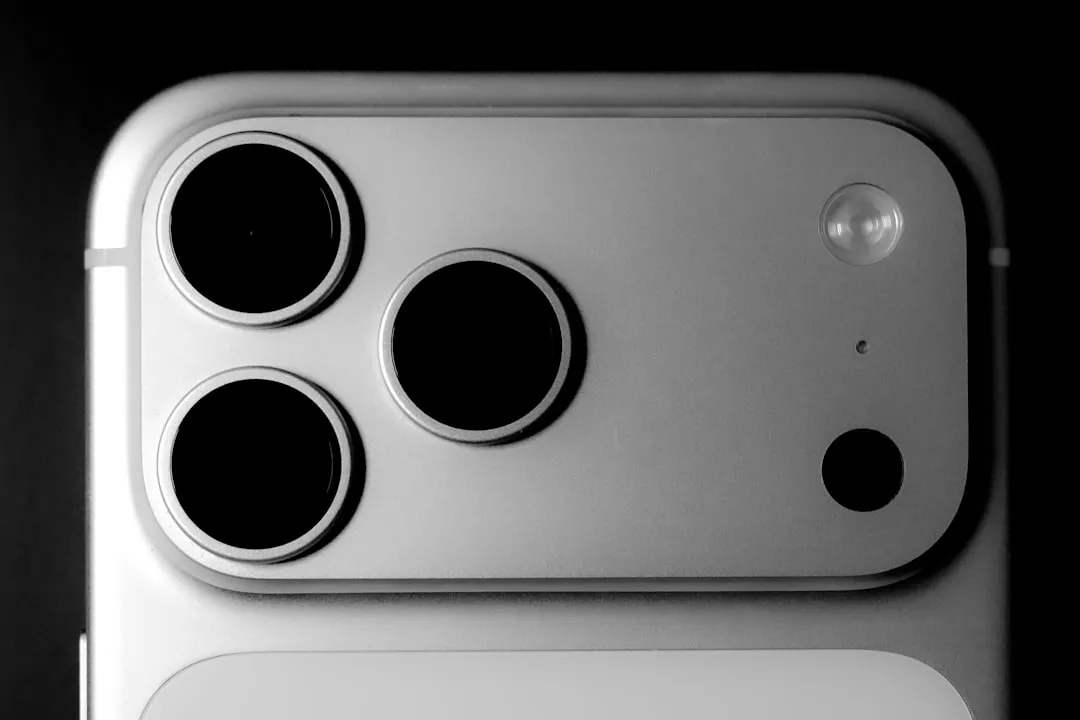




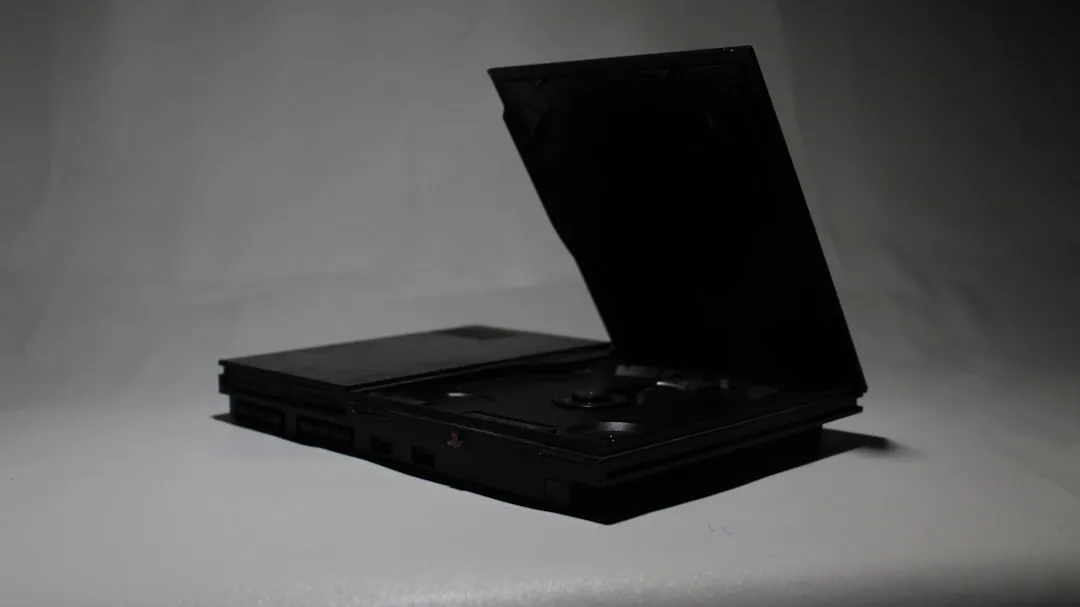




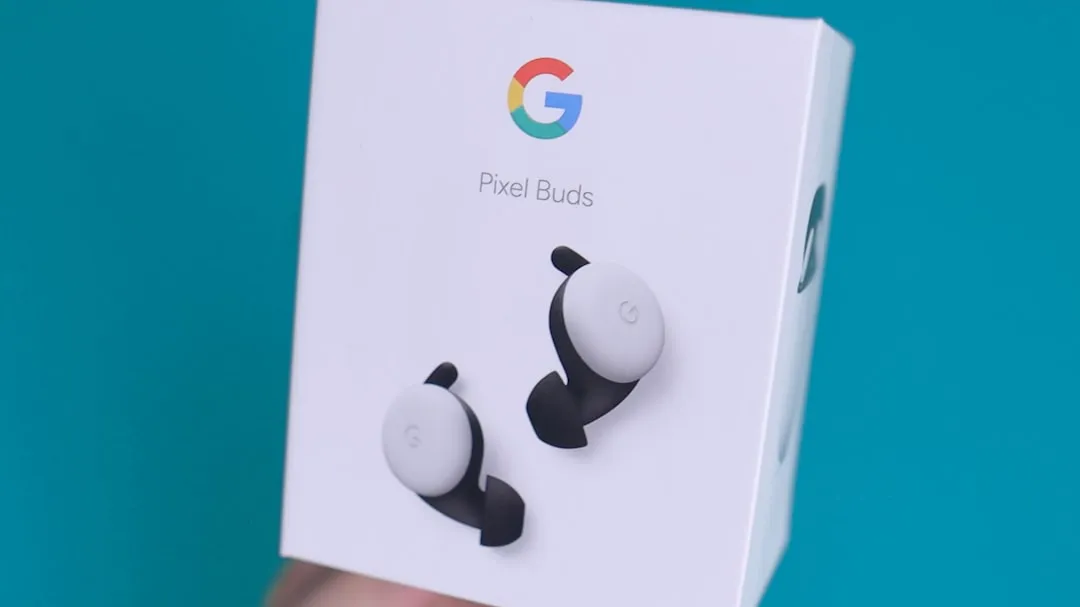

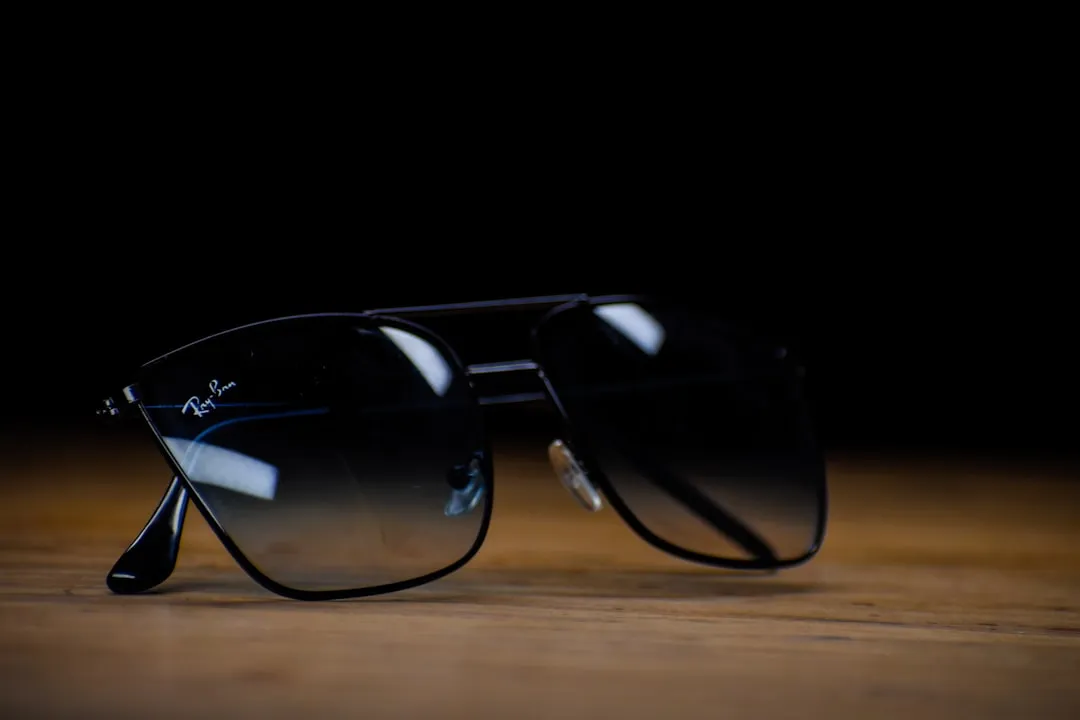
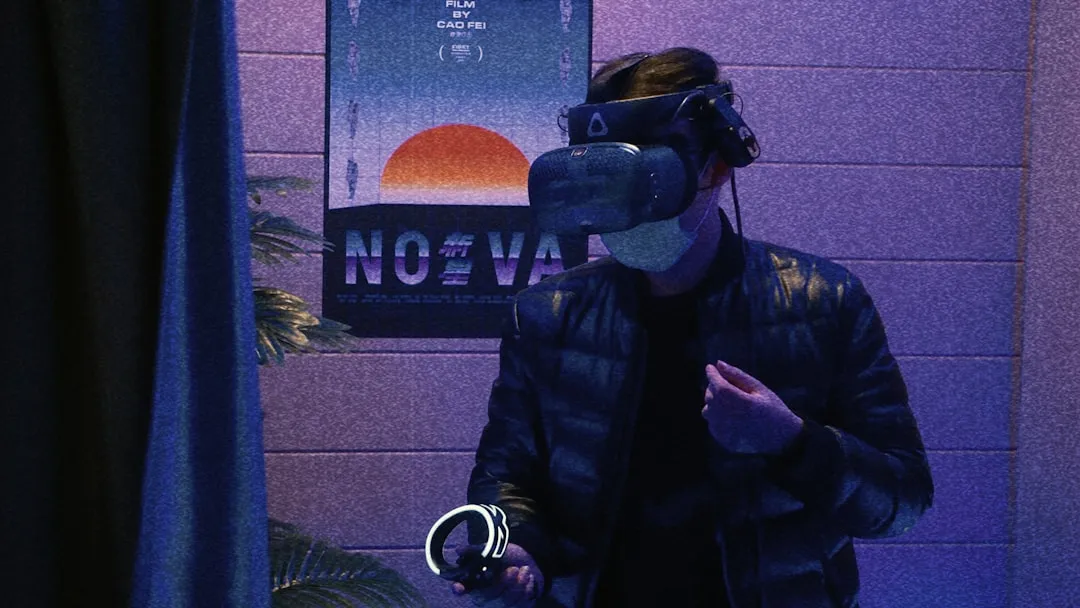
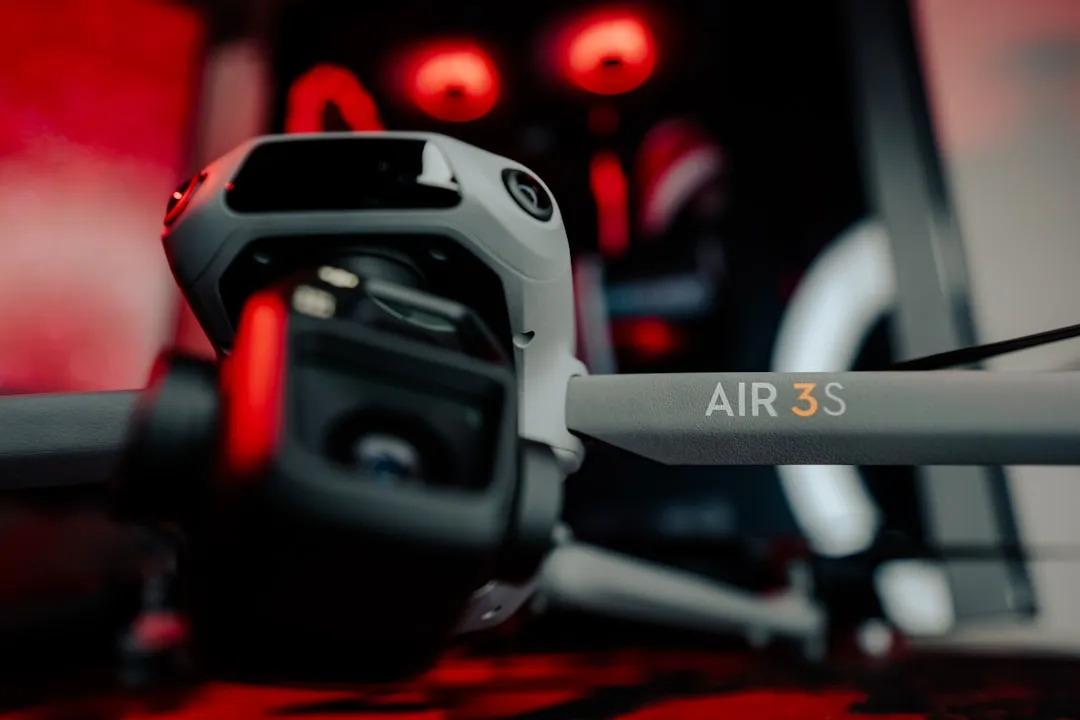
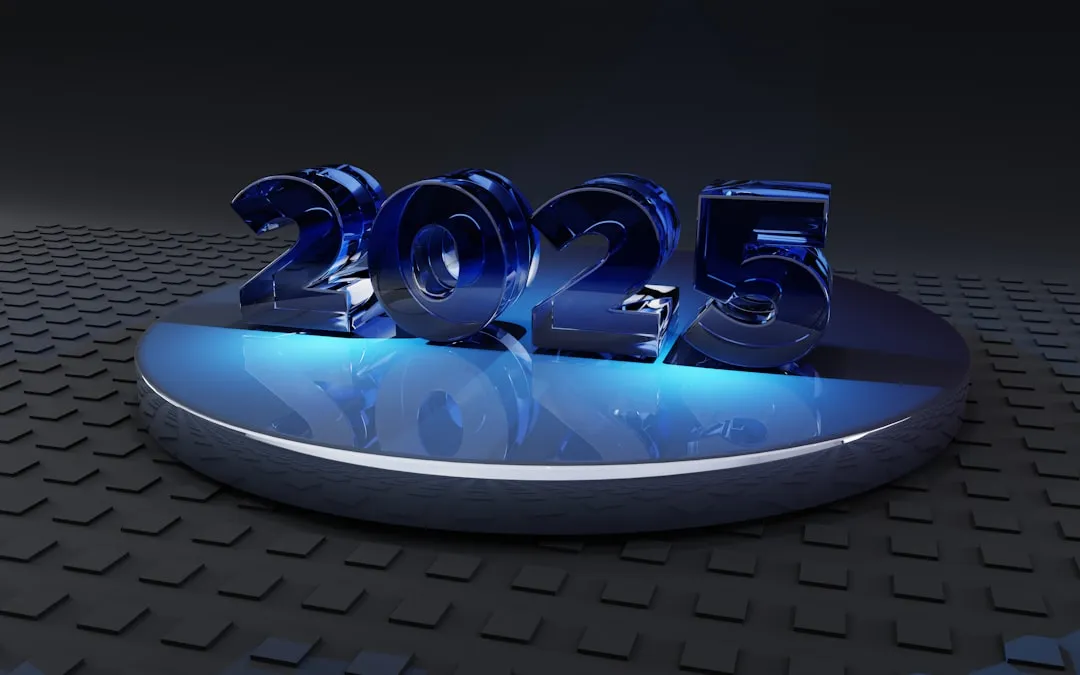
Comments
Be the first, drop a comment!